Introduction to Finca Salaca of Salaka Manor and Monte Brisas Micromill of Breeze treatment Plant
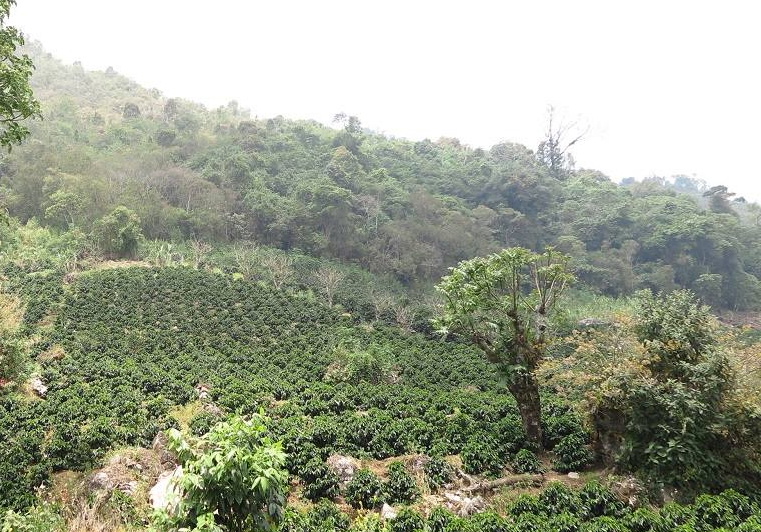
For professional baristas, please follow the coffee workshop (Wechat official account cafe_style)
□ Costa Rica has seven coffee producing areas, of which Tarazu, the central valley and the western valley are the three best-known and best-quality areas. The Salaca manor, the producer of this raw coffee bean, is located in the western valley. On the other hand, the micro-processing plant in the Breeze Mountains (Monte Brisas), which has stable local treatment technology and has gradually attracted the attention of the international coffee market, uses the red dense treatment method to deal with Vera Saatchi varieties with colorful and diverse flavors. Villa sarchi is a rare variety bred by local coffee farmers in the western valley through bourbon mating. It is resistant to strong wind, likes high altitude environment, has excellent flower aroma and elegant acidity, diverse flavor, rich fruit flavor and sweetness.
Costa Rica's boutique coffee mainly comes from three famous producing areas: the Central Valley, the Western Valley and Tarazu, while Finca Salaca is located in the Zarcero region of the Western Valley (West Valley), with an elevation of about 1750 meters and a total area of 12 hectares, making it a small estate in Costa Rica. The estate is owned by the Salazar Castro family and was originally a dairy farm. In 1983, the male owner Guido Salazar decided to start growing coffee and handed it over to the hostess Maria Elena Castro, who had grown up in the coffee farm since childhood.
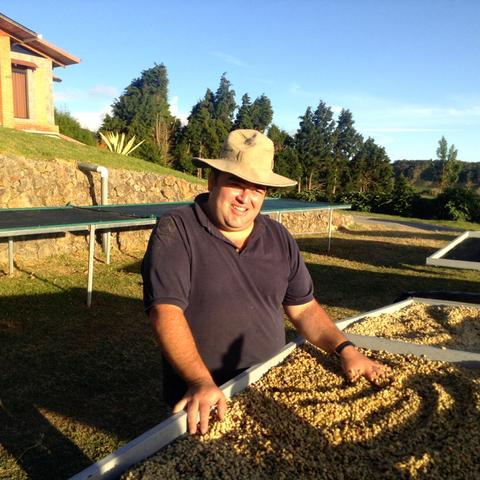
A micro-processing plant! Elegant sun flavor 'sour and lively, full of sweetness, with red meat plum, dried black jujube and molasses, fresh and smooth, with a long finish.
▲ production Information
Guojia: Costa Rica / Costa Rica
Production area: West Valley / West Valley
Producer: breeze treatment Plant / Monte Brisas Micromill Salaka Manor / Finca Salaca
Sea pull: 1750 meters
Variety: Vera Robles / Villalobos
Treatment: solarization / Natural
Baking degree: medium and shallow baking
On the left side of ▲ is the front of the sack. Information in sequence: cafe de Costa Rica is from Monte Brisas Micromill, Costa Rica, that is, the breeze treatment plant Villalobos stands for variety name Natural. At the bottom of the method is the port of entry and batch number. On the right is the back of the sack, indicating that this batch is exclusive to our raw bean trading partner "Linking Coffee".
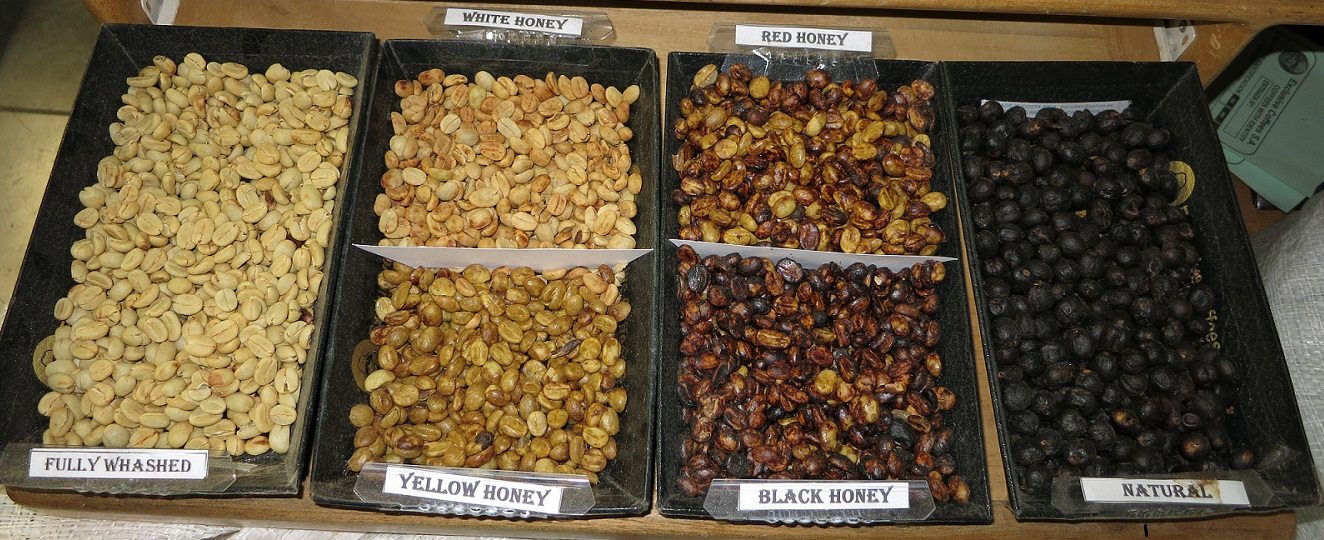
▲ linen bags are also Grain Pro moisturizing plastic bags for boutique coffee, which can isolate external air and moisture and maintain the freshness of beans.
The raw beans treated by ▲ are yellowish brown with traces of dried fruit on the surface and smell rich and fruity.
▲ Luis Salazar, the second generation of the estate, believes that each micro-batch of coffee cherries at Salaca has different characteristics and should be treated more experimentally in order to find out the best flavor. In 2012, Luis Salazar established a breeze treatment plant (Monte Brisas Micromill). In the same year, Salaka Manor won the Costa Rican COE competition!
Unlike the water washing method, ▲ can use the buoyancy of water for specific gravity selection to pick out defective coffee cherries; sun treatment can only select coffee cherries by hand, which must be ripe fruit, and there must be no defects, overripe or immature parts, otherwise the flavor will be greatly affected in the sun drying process.
The ▲ sun is nearing completion, and the tender coffee cherries have been transformed into mouth-watering, sweet and full-bodied aromas of dried fruit.
Comparison of finished products of different ▲ treatments: the rightmost Natural is the sun treatment, which removes the dried fruit on the surface and the pods inside, and finally we usually see raw coffee beans. The Fully Washed on the far left is washed, and there are light yellow pods on the surface. In the middle, there are four different degrees of honey treatment (with pods).
Important Notice :
前街咖啡 FrontStreet Coffee has moved to new addredd:
FrontStreet Coffee Address: 315,Donghua East Road,GuangZhou
Tel:020 38364473
- Prev
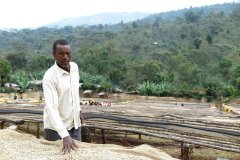
The pioneer of the first wave of cooperative movement in Harfusa cooperative, Yega Sheffield Co-operative Society.
For the exchange of professional baristas, please follow the coffee workshop (Wechat official account cafe_style) Hofsa Cooperative (Hafursa Co-op) is located in the Yegashafi producing area in southern Ethiopia, with a total of 843 registered farmers and a harvest area of about 1330 hectares, distributed at an altitude of 1,750 to 2,300 meters. Hafursa was originally the name of a village in the town of Yejashafi.
- Next
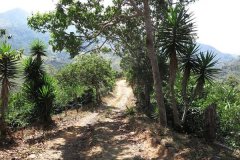
Costa Rican Treasure Manor Finca La Guaca Origin Information introduction Micro Ecological Manor
For the exchange of professional baristas, please follow the coffee workshop (Wechat official account cafe_style) micro ecological manor! The new trend black honey treats the rich dried fruit taste, the berries are sour, rich and sweet, with slightly fermented fruit aromas, smooth and delicate taste, and honey sweet finish! In 1990, Mr. Rgulo Gerardo Urea Chacn established a treasure estate in the Brunca area, covering an area of 1.
Related
- Detailed explanation of Jadeite planting Land in Panamanian Jadeite Manor introduction to the grading system of Jadeite competitive bidding, Red bid, Green bid and Rose Summer
- Story of Coffee planting in Brenka region of Costa Rica Stonehenge Manor anaerobic heavy honey treatment of flavor mouth
- What's on the barrel of Blue Mountain Coffee beans?
- Can American coffee also pull flowers? How to use hot American style to pull out a good-looking pattern?
- Can you make a cold extract with coffee beans? What is the right proportion for cold-extracted coffee formula?
- Indonesian PWN Gold Mandrine Coffee Origin Features Flavor How to Chong? Mandolin coffee is American.
- A brief introduction to the flavor characteristics of Brazilian yellow bourbon coffee beans
- What is the effect of different water quality on the flavor of cold-extracted coffee? What kind of water is best for brewing coffee?
- Why do you think of Rose Summer whenever you mention Panamanian coffee?
- Introduction to the characteristics of authentic blue mountain coffee bean producing areas? What is the CIB Coffee Authority in Jamaica?

